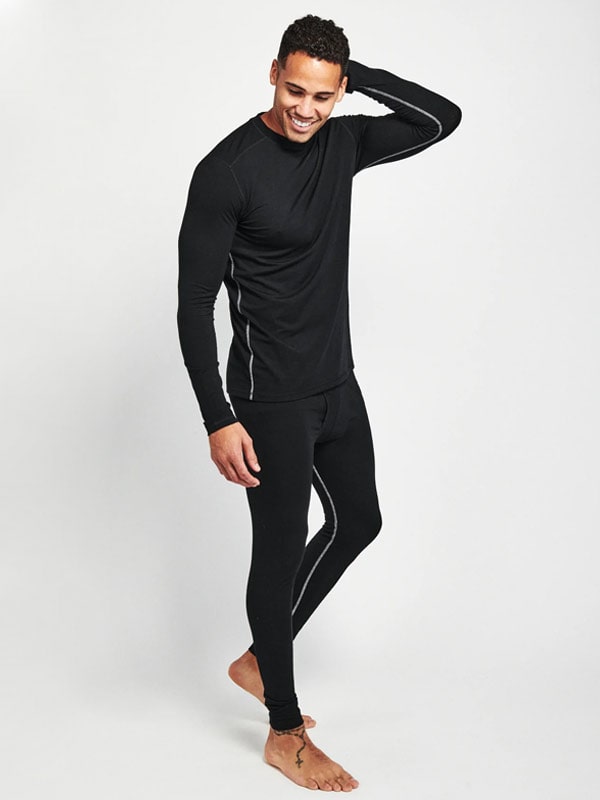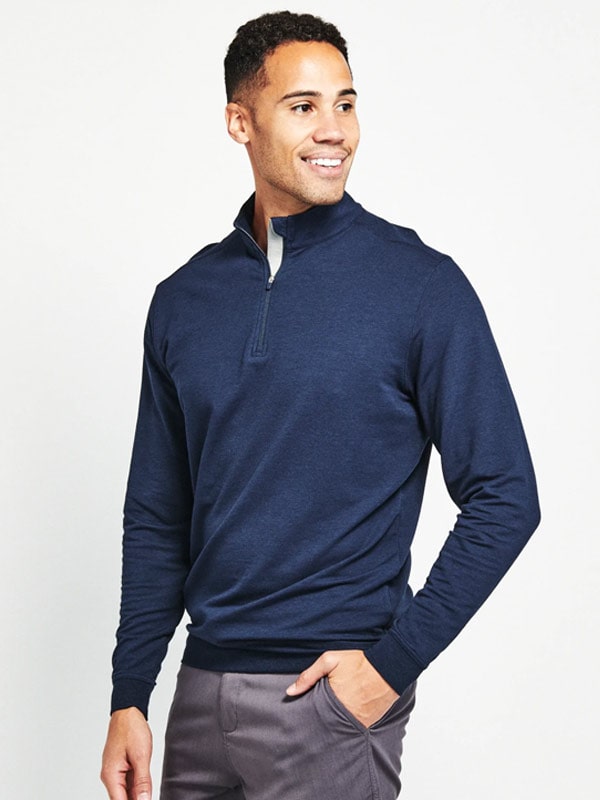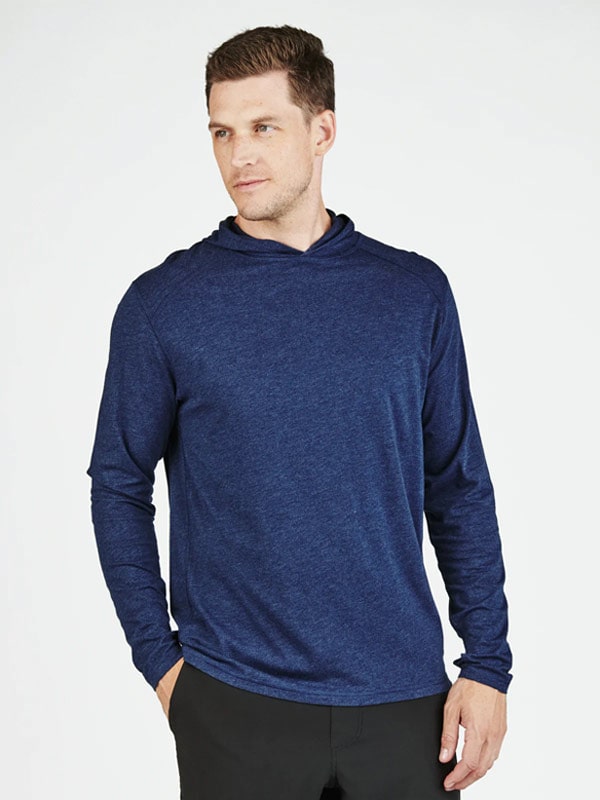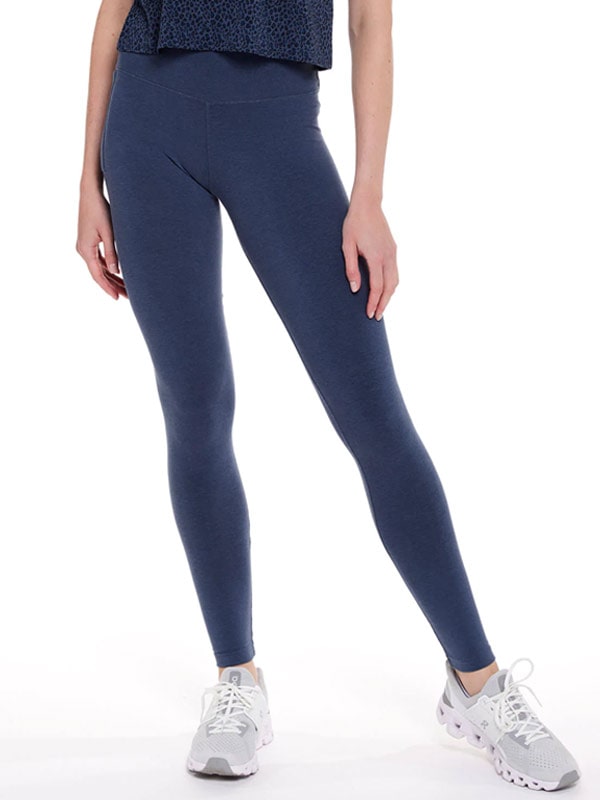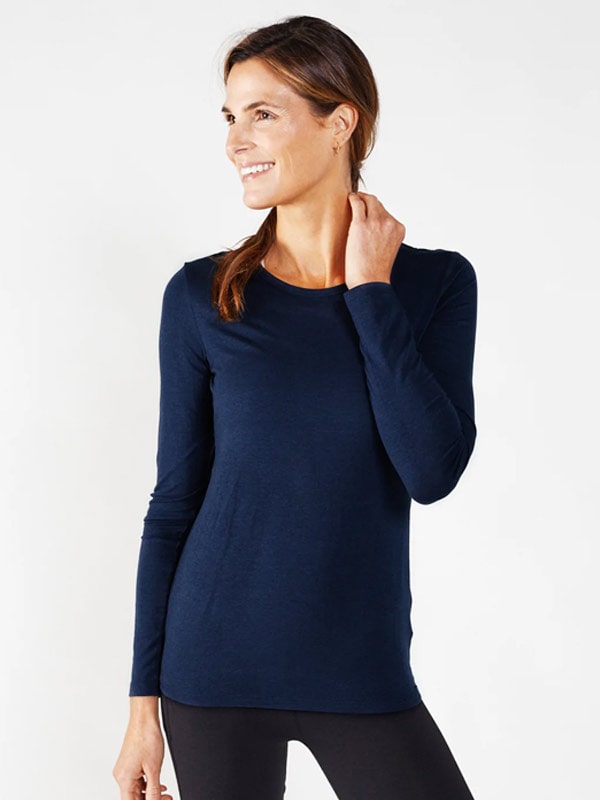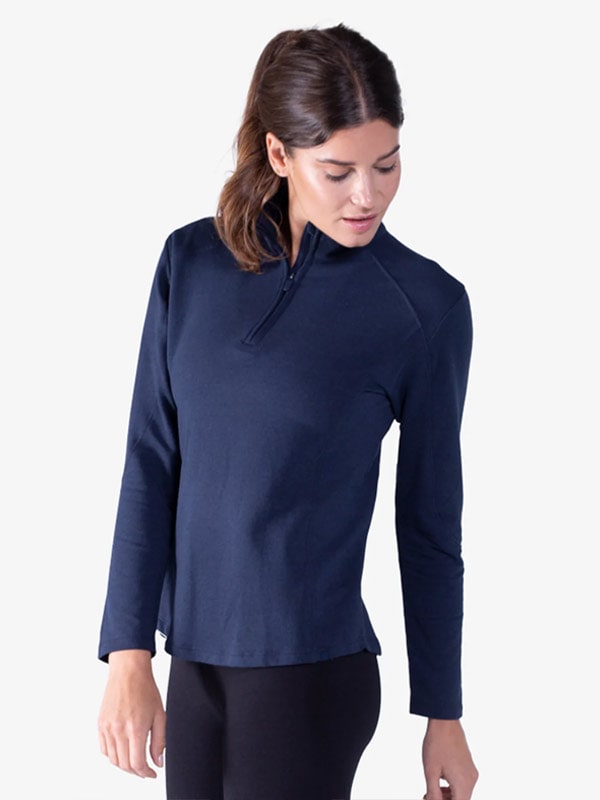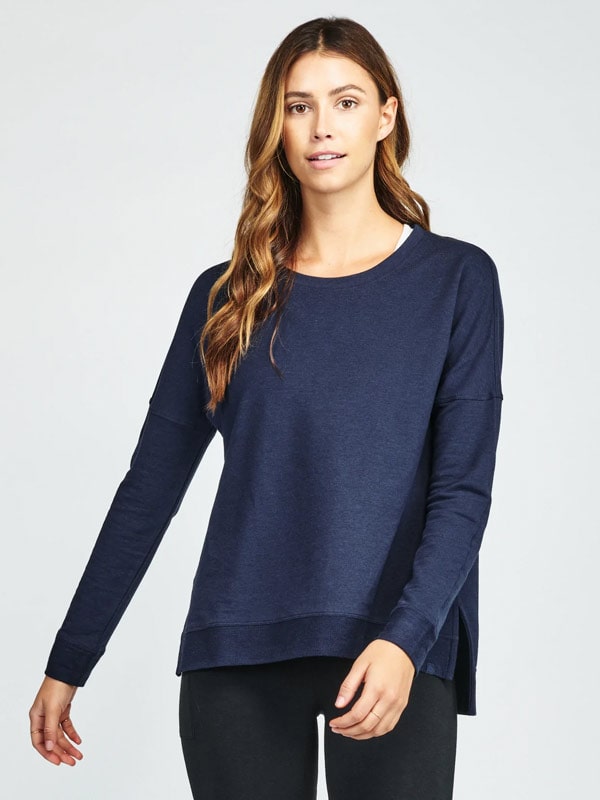Types of Fabrics: The Ultimate Guide
Have you ever looked at the tag on a piece of your clothing, only to see a mix of a half dozen materials that you don’t really know the difference between?
With so many different fabrics in use today, many of them have only subtle differences. It can be confusing trying to understand what your clothes are made of, especially when so many fabrics are actually a blend of many different materials.
Despite the old saying, ignorance isn’t bliss when it comes to the fabrics in our clothes. Informed decisions can elevate your daily life by helping you choose clothes that maximize comfort, convenience, and versatility, while also protecting the future through sustainability and quality.
Here at Tasc Performance, we believe in our fabrics and want to make it clear why! Today, we’re breaking down the most important details of some of the most common fabrics you’ll find in our clothes and in the clothes of other brands.
What Are the Different Types of Fabric?
The most useful way to classify the fabrics used in our clothes is to separate natural fibers from synthetic ones.
In the most basic sense, natural fibers are materials that occur in the natural world around us. That’s not to say we don’t involve various human processes in preparing our clothes, but the fibers themselves do occur naturally.
Synthetic fibers, on the other hand, are built by human hands from scratch. Most synthetic fibers are polymers made from plastic, often using fossil fuels.
What Are Natural Fibers?
Natural fibers are well known for their softness and sustainability. Let's look at the most common kinds below.
Linen Fabric
Linen is a wonderful plant-based woven fabric made from the flax plant that is used to make swimwear, chino pants, and much more. Its threads are fine yet surprisingly strong, resulting in soft, durable fabrics that are often used to make scarves, upholstery, and even evening wear. Though linen is used to make clothing, especially formal shirts and dresses, it is perhaps more often seen in bedding or other household fabric furnishings.
Linen has a number of advantages, including moisture-wicking properties, breathability, soft texture, durability, and anti-bacterial qualities. To top it all off, linen is eco-friendly and often sustainably produced.
Wool
Wool is a natural fabric made from the fleece of sheep, goats, alpacas, and even rabbits. wool is soft and stretchy most of all but features moisture-wicking, powerful UV protection, and odor-resistant qualities.
There are several different types of wool, including tweed, Cheviot fabric, merino wool, and cashmere. In addition, wool can be used to make crepe fabrics like georgette.
Wool is knit in different ways that can enhance and emphasize certain properties. For example, french terry wool knit is used to improve the fabric’s moisture-wicking capabilities.
Twill Fabric
Twill weave fabric is a category that includes denim, tweed, and several others that are distinct due to the diagonal pattern of their weave.
Silk Fabric
Silk is a natural protein fiber from animals. Silk can come from the cocoons of insects such as silk moths, spiders, or even clams.
Renowned for being incredibly soft, this knit fabric is also durable, lustrous, thermoregulating, and hypoallergenic. When produced responsibly, it is an environmentally friendly and sustainable lightweight fabric. It has been used for thousands of years, after all!
Cotton Fabric
Cotton is by far the most common fabric for our clothing today. The fabric comes from the cotton plant and is known for its soft feel and moisture absorption.
Unfortunately, cotton on its own has some downfalls. Cotton may absorb moisture well, but it can take a long time to dry, making it far from ideal for activewear — it’s really a better material for tablecloths when used to make gingham. Cotton also shrinks easily and tends to wrinkle.
While it is a natural fiber often touted as a sustainable one, traditional cotton production has a number of significant sustainability issues.
Bamboo Viscose
Among natural and synthetic fibers, few can compare to bamboo. Bamboo is the fastest-growing tree in the world, with a growth rate of roughly three feet per day. Compared to the average growth of two feet per year for other trees, that’s pretty incredible!
While bamboo plants are super eco-friendly to grow and harvest, turning them into fabric-ready material has to be approached the right way. Some bamboo fiber production methods rely on chemicals and waste lots of water. Here at Tasc, we are committed to sustainable production methods from start to finish.
Once produced, bamboo fibers are unmatched in terms of performance. Bamboo can achieve top workout qualities at a level that competes with the best sportswear, including moisture wicking, breathability, stretch capability, odor resistance, and more.
Other qualities like UPF 50+ sun protection and wrinkle resistance elevate bamboo to the ultimate versatile fabric for any use.
What Are Synthetic Fibers?
Synthetic fibers are man-made materials with some practical qualities but a number of environmental challenges to face. Let’s go over a few common types.
Poly Chiffon
While silk chiffon is made using silkworms, poly chiffon is a luxurious fabric made using synthetic materials. Due to its softness, it’s often used to create lingerie and blouses.
Rayon
Rayon is a semi-synthetic type of fiber made from wood cellulose, and it’s used to make a wide array of different types of clothing. Rayon is highly absorbent, and it’s often used to make t-shirts, bedsheets, and drapes.
Acrylic
When you hear acrylic, the first thing you think of is probably paint, not fabric! However, you may be surprised to learn that acrylic fibers are a common synthetic fabric used for clothes and household furnishings, especially in the US.
Acrylic fabric has been around since the 1940s thanks to DuPont, the creator of many synthetic fabrics. Acrylic is made from polymer and is similar to wool in its texture, typically used in lightweight sweaters, gloves, and socks. It’s a durable fabric that resists sunlight and wear but has poor insulation compared to some other fabrics.
Nylon
Nylon isn’t actually one single fabric but a family of fabrics. These synthetic plastic materials are some of the most common to find in clothes today. Clothes aren’t the only use for nylon, either. It’s also found in household products, furniture, toothbrushes, rubber, auto parts, and more.
Nylon is a highly durable material that can be made water-resistant and blended with natural fibers such as wool to achieve a soft feel. Like acrylics and many other materials, this material was invested at the DuPont labs in the early 20th century.
Unfortunately, nylon is sourced from fossil fuels in most cases, making it an unsustainable fabric to produce. Not only are fossil fuels a non-renewable resource, but the processes used to harvest them and manufacture fabrics from them result in pollution into our air and water.
Spandex
Spandex is a stretchy synthetic fabric also known as elastane or Lycra. It’s a strong durable fabric that also comes from DuPont, like Nylon and many other synthetic fabrics, created in the late 1950s.
While the material achieves excellent stretch, it has some significant problems in other areas. In terms of sustainability, spandex finds its biggest downside as it isn’t biodegradable. Nature simply can’t break spandex down, which means that any spandex that is created will stay in the environment forever.
Most synthetic fabrics cause similar pollution problems. Thankfully, there are means by which we can work to minimize these problems going forward. Recycling responsibly, choosing longer-lasting clothes instead of fast fashion, or simply choosing better natural fabric alternatives can help reduce the impacts of Spandex going forward.
Microfiber
Microfiber is a type of synthetic polymer fiber defined by its extremely small thread size. In technical terms, each thread must be less than ten micrometers. For reference, that’s roughly 80% thinner than a strand of human hair!
Microfiber is highly absorbent, most importantly, which is why we so often see it used for cleaning products such as towels, or in some cases, activewear. Despite having such fine threads, it's also surprisingly durable. Breathability, however, isn’t as guaranteed and depends on how the fabric is made.
The main downside for microfibers, like the previous synthetic fabrics in our list, involves environmental sustainability concerns
Suede
Suede is made from the inside grain of a sheep’s skin. It’s often used to make handbags and shoes. While it comes from a sheep, it’s not considered a wool fabric.
What Fabrics Are Best for Workout Clothes?
While synthetic fabrics may have seemed like the most convenient and effective options in the past, new technologies and ways to harness natural materials are showing us that vastly better alternatives are out there.
Today, thanks to innovations such as our Tasc Performance Bamco materials, you can choose workout clothes with exceptional performance qualities that don’t sacrifice sustainability to achieve them.
Take care of your body and the environment by choosing bamboo, organic cotton, recycled materials, and even wool for your versatile, active lifestyle wardrobe.
The Bottom Line on Fabrics
The fabrics you choose have a direct, meaningful impact on how you feel and dress throughout your week, but they also have wider implications for our planet and future. Together, we can change our path and protect our planet while also improving our daily experience with more effective, versatile clothes.
For all things activewear innovation, stay tuned to our Tasc Performance blog!
Sources:
Learn About Sustainability | US EPA


